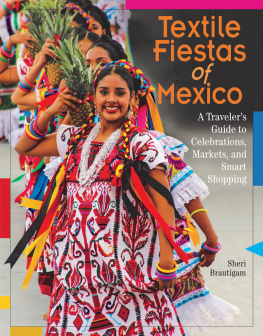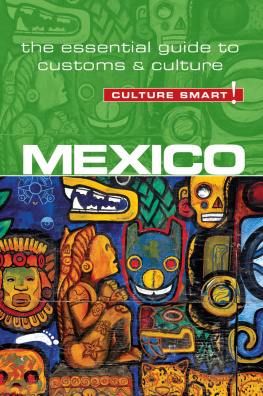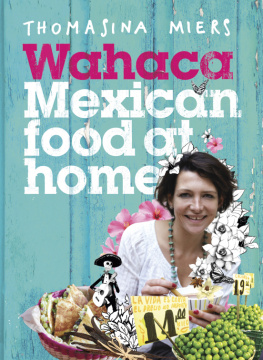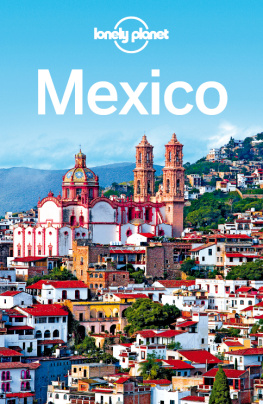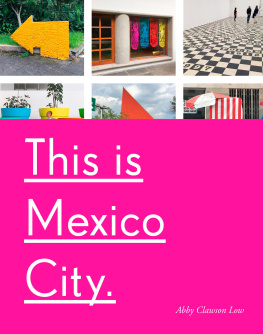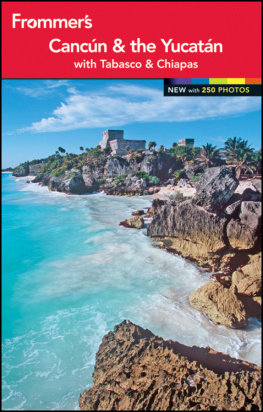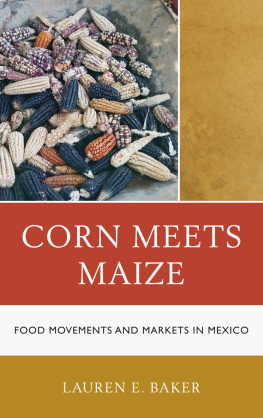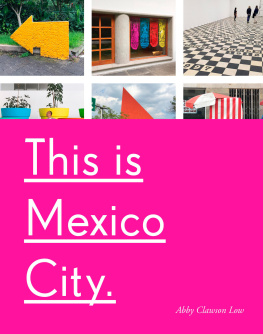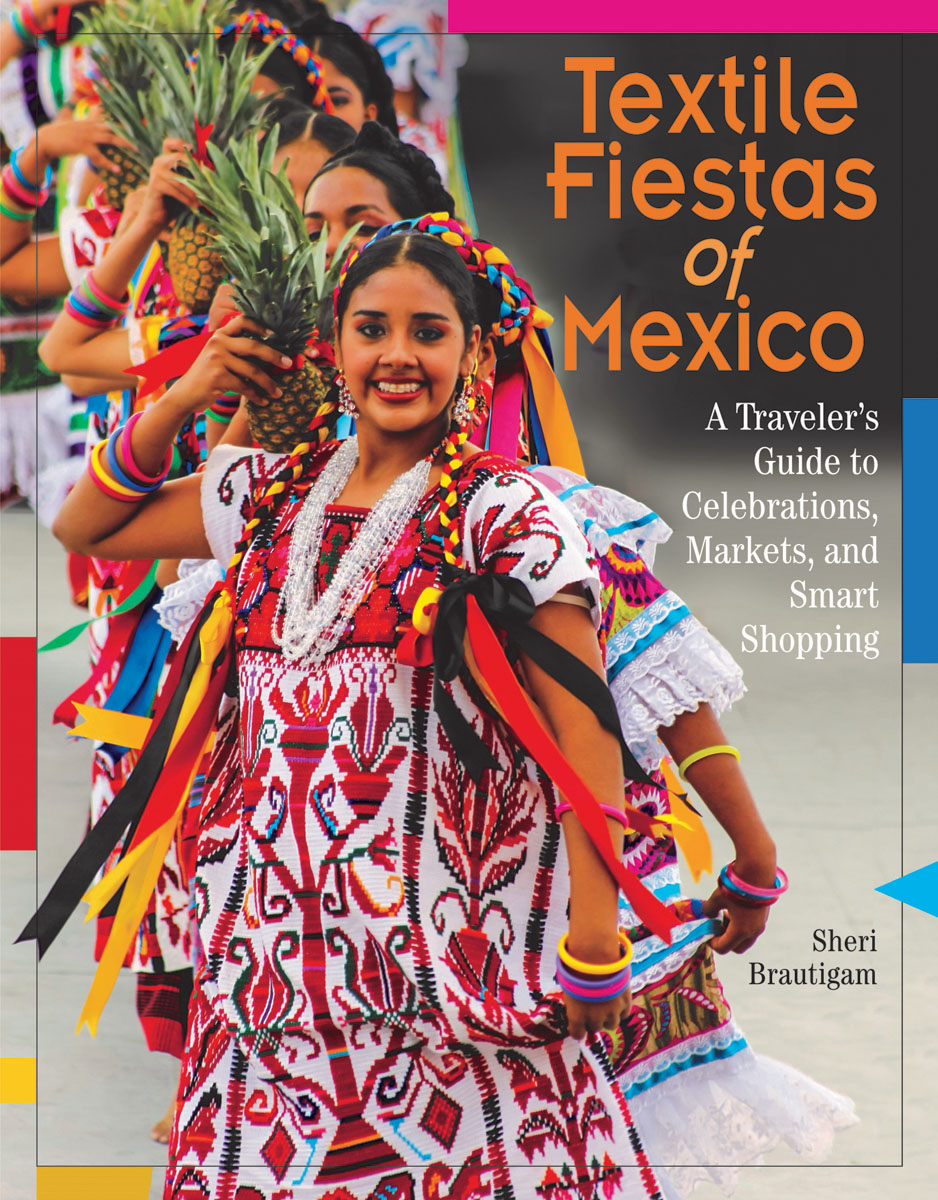Textile FiestasofMexico
A Travelers Guide to Celebrations, Markets, and Smart Shopping
is an excellent resource guide for select off-the-beaten-path locations and events that offer all the color, joy, and energy of Mexican folklife. Geared to independent-minded travelers, it presents the safest and most accessible regional markets and artisan festivals and fairs in Mexico. Brautigam is an expert guide in how to find the finest quality traditional textiles and offers clear advice on shopping ethically. Where and when to go, how to get around, what to look for at each location, how to judge qualityits all here, with abundant photographs and common-sense advice.
200 Color photos



Dedication
This book is dedicated to all the talented, persevering textile artisans I have met over the past ten years. May this guide help you to gain the recognition, respect, and support you deserve. May the beautiful textile tradition of Mexico continue through your children and may you all prosper.

Editor: Karen Brock
Publisher: Linda Ligon
Design: Ann W. Douden
Text 2016 Sheri Brautigam
Cover photograph: Alejandro Aquino
Interior photography 2016 Sheri Brautigam, except for the following:
Alejandro Aquino:
Ana Paula Fuentes:
Norma Schafer:
All rights reserved.
Library of Congress Control Number: 2016939076

Thrums Books
306 North Washington Avenue
Loveland, Colorado 80537 USA
Printed in China by Asia Pacific


Muchismas Gracias to the following people who started me on the road of documenting the traditional textiles of Mexico: Larain Matheson who invited me into the indigenous world of the Huicholes of Nayarit.
The US State Department English Language Fellow Program for sending me to Mexico to train English teachers while giving me the opportunity to explore the fascinating textile culture on the weekends.
Las Flores Silvestres, the Mazauhua women of Santa Rosa de Lima, Edo, Mexico, who trusted me to document their costume revival project. Los Amigos de Arte Popular for giving me a materials grant to support their project.
The Museo Textil de Oaxaca, Eric Chavez, and Ana Paula Fuentes for their interest in and support of my early work.
Artes de Mexico, Gabriela Olmos, and Martha Turok for my first opportunity to write about my experience in the land of traditional textiles.
To Alejandro Aquino for providing his beautiful pictures of Guelaguetza and to Norma Schafer for stepping up and contributing two great sections to this guide (Tenancingo and Teotitln del Valle). You were the perfect contributors.
For those who helped me with the details and flow of this guide: Marcia Parrino for her Michoacn textile expertise. Pedro Martn for his help with Nhuatl terms and his deep knowledge of Cuetzalans textile culture. Patrice Wynne who enthusiastically read everything and helped me tighten it up. My hosts in Mexico who made sure I had a place to sleep and eat: Dara Stillman, Patrice Perrillie, and Bela Wood.
Contents

FESTIVALS AND FAIRS
Fiestas y Ferias








Index
Textile Passion and Why I Wrote This Guide
The initial spark behind this guide is most likely my childhood delight in historical costumes and fancy dresses, as my family called them, and all things dress-up. While I was growing up in San Francisco, my mother used to take my sister and me to Golden Gate Park frequently and often to the DeYoung Museum as part of the excursion. There was an exhibit of historical clothing, not far from the entrance of the DeYoung, and I would race into the room (often empty) to view the fancy dresses, shimmering, and so very magical to my childs mind.

My early introduction to Mexico as a 19-year-old college student offered up more experience, especially when I traveled during quarter breaks to explore rural areas. Mexico was an exotic wonderland so I stayed on in Mexico City to receive a B.A in Latin American Studies. Sometimes I would see beautiful, embroidered clothes; my first sighting of a Huichol group that got on my second class bus was a pivotal moment for me. But it wasnt until I was living in Central Mexico as an English Language Fellow/Teacher Trainer, starting in 2007, that I really began to see the traditional clothing of indigenous Mexico. Traditional textiles were alive and well! How had I missed this as a student in the 60s?
Probably the main reason was that in the previous 15-20 years the Mexican road system had vastly improved and where there had been dirt tracks and villages accessible only by burros or en pie (on foot,) there were now paved roads. That meant I could go there either in local transport or in my own car. Not wasting any time, I have gone there over the last ten years, and the rewards of visiting large and small fiestas, ferias, markets, weddings, and regional dance performances, have been delightful and addicting.

